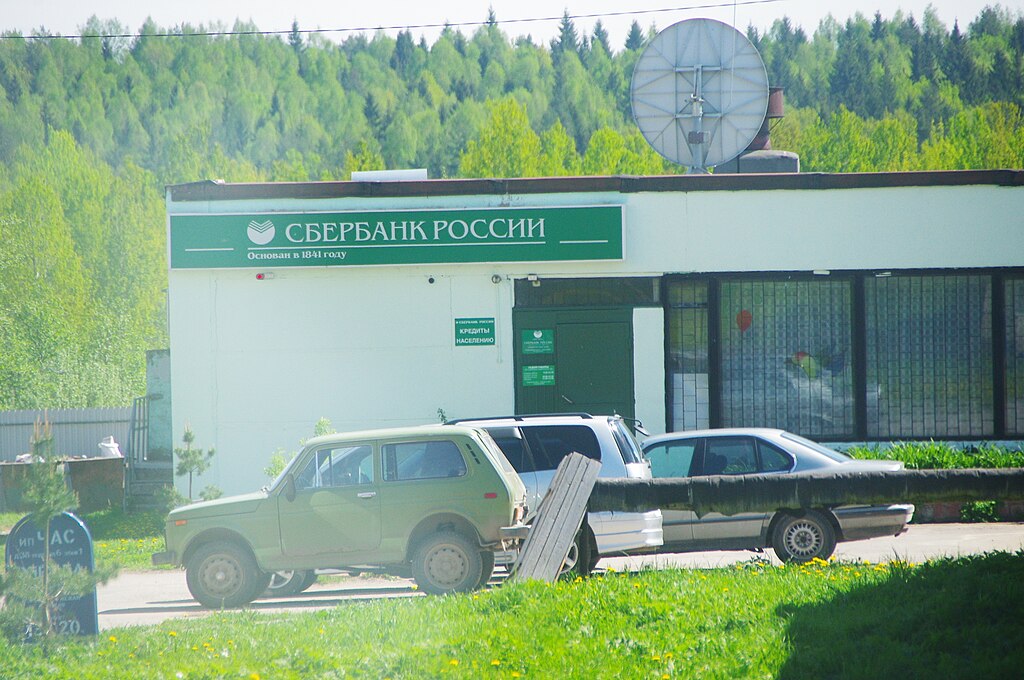The financial landscape in Russia is poised for a significant transformation as the digital ruble gears up for launch. The National Rating Agency (NRA) has just made headlines with bold predictions about the impact of this central bank digital currency (CBDC), forecasting potential economic benefits that could reach $3.2 billion annually by 2031. This news brings not just excitement but also a mix of skepticism, especially regarding the initial hiccups the banking sector might face. Let’s dive deeper into what this means for Russia’s economy, the banking system, and broader implications for businesses and citizens alike.
As we look toward the future, it’s important to understand the backdrop against which the digital ruble will be introduced. Scheduled for a nationwide rollout next year, the CBDC will follow a phased implementation strategy. Major financial institutions are expected to begin offering digital ruble services by the fall of 2024, while smaller entities will have until 2027 or 2028 to adapt. This move aims not just to modernize transactions but also to facilitate government welfare payments, such as pensions and child benefits, enhancing financial inclusivity.
 The Central Bank’s St. Petersburg offices. (Source: Vityavo [CC BY-SA 4.0])
The Central Bank’s St. Petersburg offices. (Source: Vityavo [CC BY-SA 4.0])
While the prospects of digital currency adoption sound promising, the NRA’s report is not without its caveats. Initial expenses incurred during the adoption phase will likely burden both the public and private sectors. Nonetheless, the agency contends that the investment will yield significant returns. By 2031, the digital ruble is projected to inject around 260 billion rubles (approximately $3.2 billion) into the economy, alongside generating nearly 50 billion rubles ($619 million) for the banking sector itself.
For larger corporations, the financial forecasts are tantalizing. The NRA anticipates that companies could generate an additional 30-50 billion rubles each year from the use of the digital ruble. Meanwhile, banks may see up to 8 billion rubles ($99 million) in annual gains as they adapt to this new financial tool. However, the trajectory isn’t straightforward; the alignment of benefits and costs appears to hinge on how effectively the sector can navigate the transition.
Donald Trump urged Russia’s Vladimir Putin and Ukraine’s Volodymyr Zelenskiy to show some “flexibility” as the US president accelerates his efforts to end the war in Ukraine. https://t.co/S7n9A3Iq3T — Bloomberg (@business) August 19, 2025
However, caution seems warranted. The NRA has noted a potential risk: banks could lose clients to innovative services that operate independently of traditional banking structures. This shift could mean a dip in net profits of 8-10% for banks initially, though recovery and increased profitability are expected once the infrastructure matures. Once fully operational, financial institutions could add an extra 61 billion rubles ($755 million) to their annual income through enhanced services including smart contracts and interbank transactions.
Despite these optimistic projections, not everyone is convinced. German Gref, the Chairman of Sberbank, raised eyebrows back in July when he expressed doubts about the real benefits of the digital ruble, suggesting that the financial transactions in Russia are already sufficiently digitalized. He questions whether the CBDC would effectively solve any current issues, echoing a common sentiment that not all advancements are inherently beneficial.
 A branch of Sberbank. (Source: Artem Svetlov [CC BY-SA 4.0])
A branch of Sberbank. (Source: Artem Svetlov [CC BY-SA 4.0])
Looking forward, the Ministry of Finance has different aspirations for the digital ruble, hoping it will improve transparency and curtail corruption in government contracting. The ability to leverage CBDC capabilities in international transactions, especially with BRICS partners, illustrates a strategic pivot for Russia—particularly as alternatives to the US dollar gain traction amidst heightened geopolitical tensions.
The digital ruble’s impending debut is likely to have far-reaching effects not just within Russia, but across the global economy as well. As the tune of cryptocurrency and CBDC adoption evolves, all eyes will be on how Russia manages this transition. Can the digital ruble carve a new path for a post-sanction economy or will it become another footnote in the annals of failed financial innovations? Let’s continue to watch and see how this captivating narrative unfolds.
Stay informed on the digital ruble and other cryptocurrency developments by checking out insightful analysis and updates from platforms like CoinDesk and The Block. What are your thoughts on the future of digital currencies? Join the conversation!
